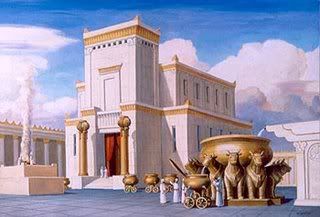Saturday, the 16th of March, 1521, we arrived at daybreak in sight of a high island, three hundred leagues distant from the before-mentioned Thieves Island, This Isle is called Zamal(1). The next day the general wished to land at another uninhabited island near the first , to be in greater security and to take water, also to repose there a few days.
1. Samar? Or Samal?
The next day the general wished to land at another uninhabited island near the first,
Talikod Island??
These people became very familiar and friendly with us(1), and explained many things to us in their languageand told us the names of the islands which we saw with our eyes before us(2). The island where they dwelt is called Zuluam, and is not large.(3).
1. Samal Tribe?
2. Talikod Island, Davao City area, Davao del Sur, Compostela Valley, Davao Oriental?
3. Other name for Zamal or Samal Island?
The island we were at was named Humunu(1); nevertheless because we found there two springs of very fresh water we called it the Watering place of good signs, and because we found here the first signs of gold. there is much white coral to be found here, and large trees which bear fruit smaller than an almond, and which are like pines. There are also many pine tress both good and bad. In this place there were many circumjacent islands, on which account we named them the Archipelago of St. Lazarus, because we stayed there on the day and feast of St. Lazarus(2).
1. Talikod Island?
2. Davao Gulf area?
That same day (March 25,1521) we took the course between West and Southwest(1) and passed amist four small islands, that is to say, Cenalo, Huinanghar, ibusson and Abarien.(2)
from Samal, Davao they changed course "west and southwest" or 1. Northernmost tip of Mindanao in present day Surigao City?
2. Cluster of islands along Surigao del Norte area, Siargao, Dinagat, Liloan in Leyte, Limasawa?(When viewed on their trip from Samal, Davao, these islands, esp. leyte did look "small" as the expedition viewed these islands by its tip!)
Thursday, the 28th of March, having seen the night before fire upon an island, at the morning we came to anchor at this island; where we saw a small boat which they call Boloto, with eight men inside, which approached the ship of the captain-general. Then a slave of the captain's who was from Sumatra(1), otherwise named Trapobrana, spoke from afar to these people, who understood his talk (2), and came near to the side of the ship, but they withdrew immediately, and would not enter the ship from fear of us.
1. from Sri-Vijayan empire?
2. "Lumad Visayan" - mixture of Old Malay, Dravidian Kavi, Sanskrit?
The island of this king was called Zaluan and Calagan(1), and when these two kings wish to one anotherr they come to this island where we were(2). Of these kings the painted one is called Raia Calambu, and the other one Raia Siani.
1. Butuan and Caraga?
2. Masao, Butuan?
It seemed that the Spanish expedition of Magellan, lacking in accurate geographical description of the area, tend to identify land masses surrounded by bodies of water as "island," Masao in Butuan seemed to be carved out from river delta that was perhaps misunderstood as "island."
If based on the mainstream historical claim that the first mass was held in Limasawa, Leyte, it's ridiculous for the Raja's of Butuan and Caraga to sail all the way to Limasawa to attend the first mass, unless of course if they chartered a fastcraft ferry for the special occassion, and for Pigafetta and Magellan's crew to visit his kingdom, for both Raja's to meet cordially for gamehunting, there must be regular schedules of fastcraft ferries for the Limasawa - Kingdoms of Butuan and Caraga route since 1521!! LOL


